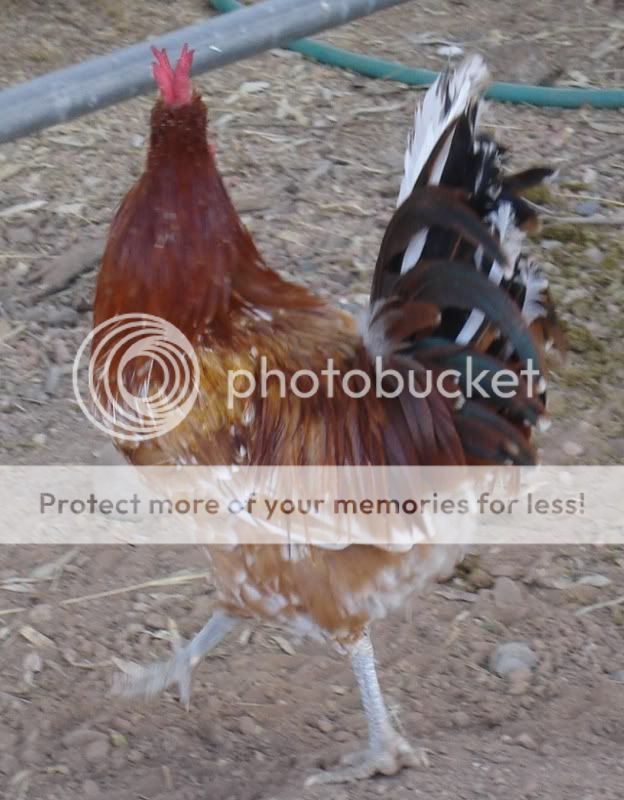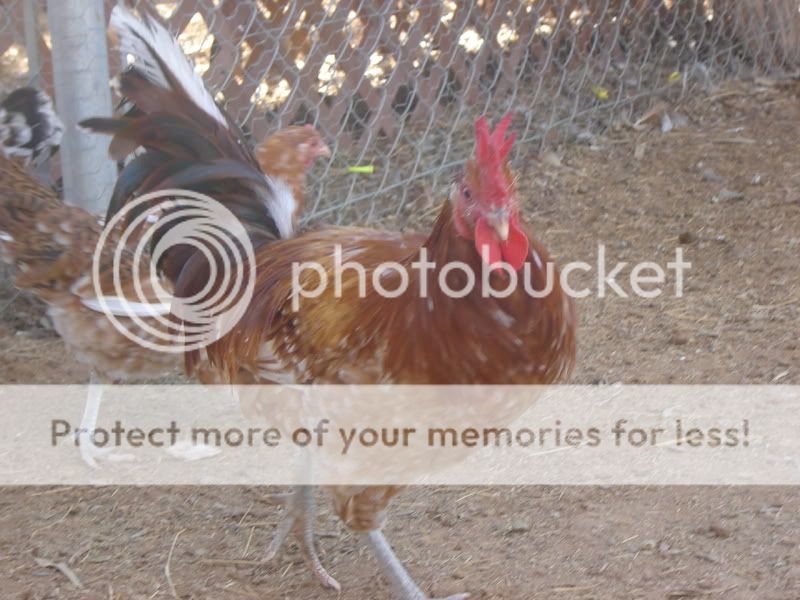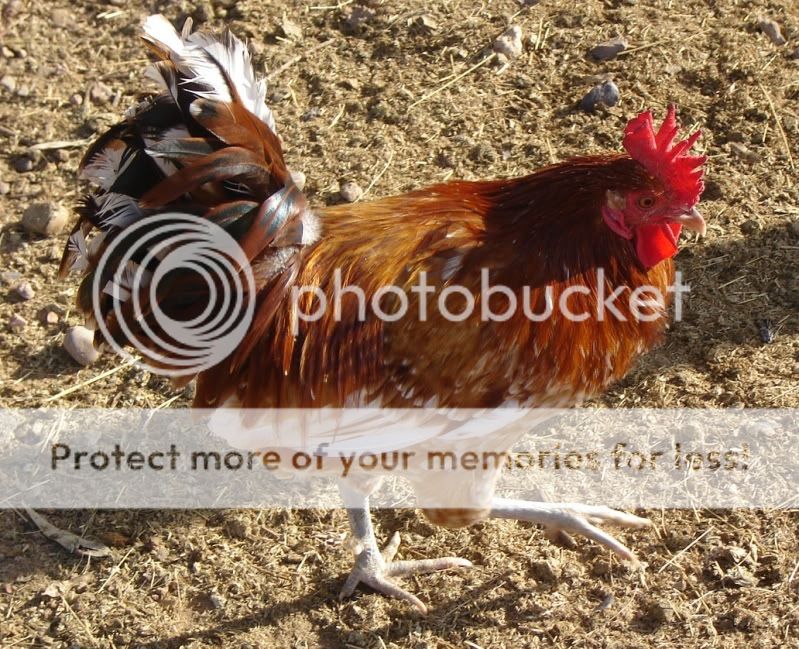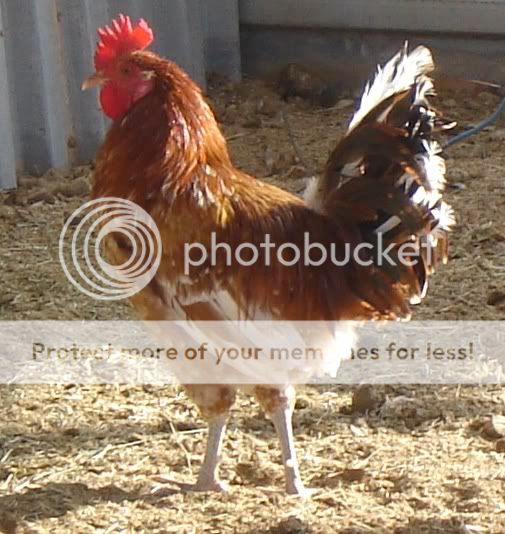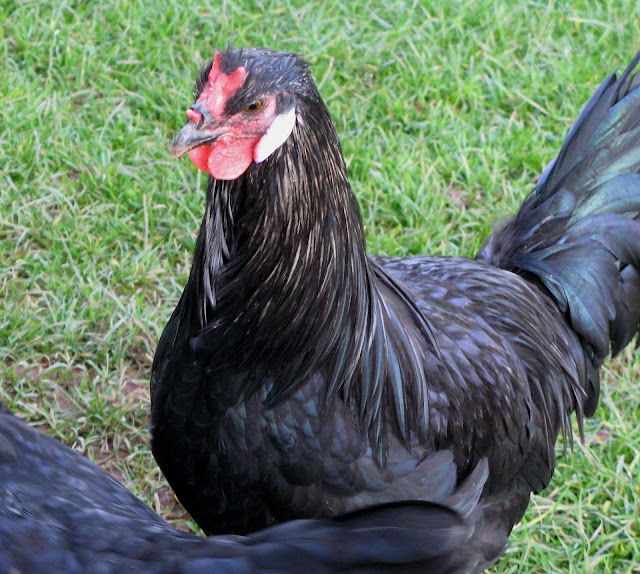- Thread starter
- #11
- Oct 4, 2009
- 107
- 7
- 101
That's fascinating! Thank you so much for going through the troubles of taking a non blurry head/comb picture, I really appreciate it
 .
.
Now I have an idea of what to look for when going through old books and photo albums at the local heritage club and library. They have a whole lot of farm-pictures and I'm hoping to find some with chickens and interesting combs on them.

Now I have an idea of what to look for when going through old books and photo albums at the local heritage club and library. They have a whole lot of farm-pictures and I'm hoping to find some with chickens and interesting combs on them.

